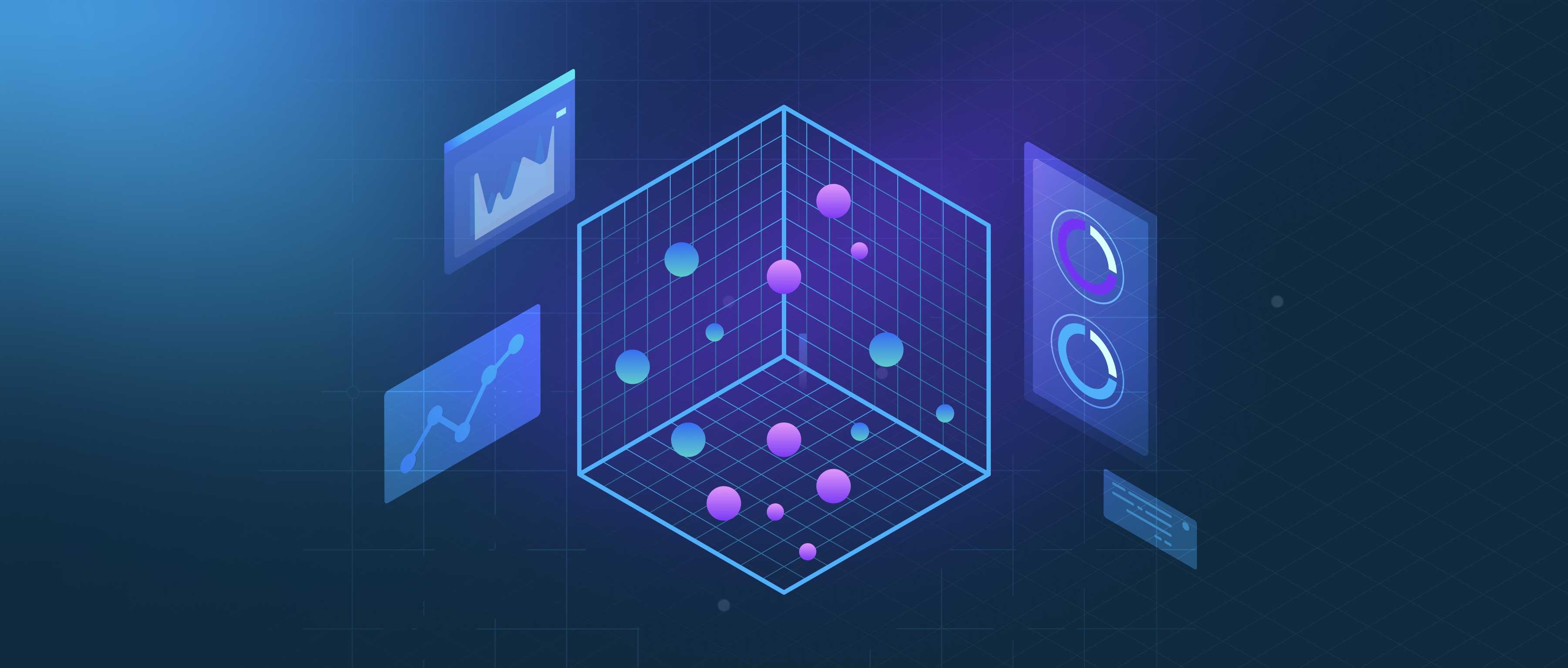Acquiring labeled data for training audio search models is a critical step in developing effective machine learning applications in audio processing. The first method involves creating your own labeled dataset by manually annotating audio files. This can be done by playing audio samples and tagging them with relevant labels, such as speaker names, music genres, or specific sound events like applause or laughter. While this method provides precise control over the labels, it can be time-consuming and labor-intensive, especially when working with large datasets. Tools like Audacity or specialized annotation platforms can facilitate this process by allowing developers to listen and label audio segments efficiently.
Another approach is to leverage existing datasets that are publicly available. Many organizations and research institutions have released annotated audio datasets for various purposes, such as environmental sounds, speech recognition, or music classification. For example, the Common Voice dataset from Mozilla provides a large number of voice recordings with corresponding transcriptions, which can be instrumental in developing speech-related models. Similarly, datasets like AudioSet offer an extensive collection of sound recordings categorized into various classes, making it easier to find data that fits specific project needs. When using these datasets, it’s important to check their licensing and ensure they can be used for your intended purpose.
Lastly, crowd-sourcing tools can also be an effective way to gather labeled data. Platforms like Amazon Mechanical Turk allow you to create tasks for workers, who can listen to audio snippets and provide labels or descriptions based on your specifications. This method can produce a large amount of labeled data relatively quickly and at a reasonable cost, but the quality of the labels may vary. Therefore, it’s essential to implement quality control measures, such as having multiple annotators label the same audio and then aggregating the results, to ensure the data's reliability before using it to train audio search models. By combining these methods, developers can build a robust dataset that enhances the performance of their audio models.
